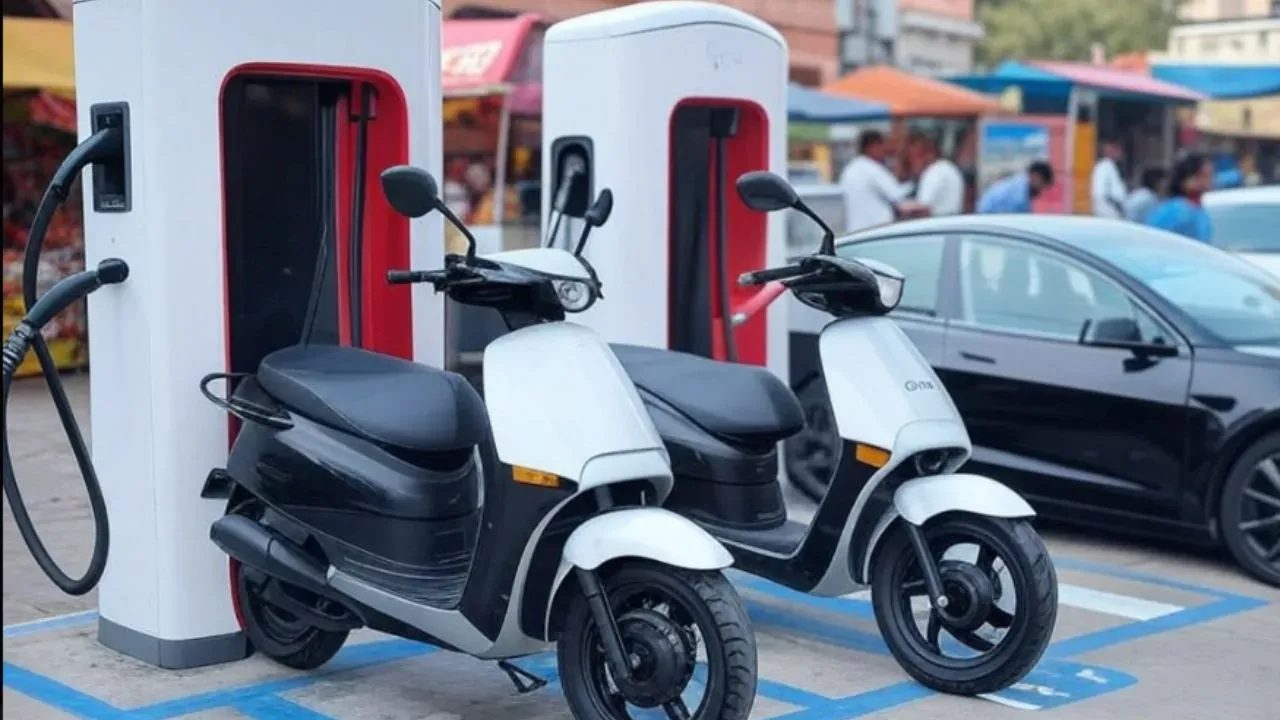Bengaluru, April 18, 2025 – Ola Electric, once seen as a leader in India’s electric scooter industry, is now facing many problems. Its sales are dropping, competition is getting stronger, and government officials are checking its products more closely. This has raised big questions about the company’s future.
What Happened After Ola’s Big IPO?
In August 2024, Ola Electric became the first Indian EV company to go public (IPO). It raised $734 million and was valued at $4 billion. The money was meant to help Ola grow its factory in Tamil Nadu and launch new products like electric motorcycles.
But things didn’t go as planned. Since the IPO, Ola’s stock has dropped 30%. Sales have also gone down — from 41,440 scooters sold in August 2024 to 34,200 in March 2025. Meanwhile, the overall electric scooter market in India is growing fast. Other companies like TVS, Bajaj, and Ather Energy are doing much better.
Expert view: “Ola grew too fast and didn’t focus enough on product quality,” said auto expert Priya Menon. “They didn’t fully understand what Indian customers really want.”
Dutch Designs Don’t Suit Indian Roads
Ola’s scooters are based on designs from a Dutch company called Etergo. Models like the Ola S1 Pro and S1 Air look modern, but many Indian users are unhappy. People often complain about:
- Battery problems
- Software bugs
- Poor customer service
- Long repair wait times
A survey showed that 38% of Ola customers had issues in the first year, compared to 22% for Ather Energy. Also, the scooters have a high center of gravity, which doesn’t work well on India’s bumpy roads. Many competitors sell stronger scooters for under Rs 80,000, while Ola’s scooters cost about Rs 1.2 lakh.
Expert view: “Ola tried to sell fancy scooters in a market that cares more about durability and value,” Menon said.
Trouble with Government Agencies
Ola is also being investigated by India’s Central Consumer Protection Authority (CCPA). Over 10,000 complaints have been made about poor product quality and slow service. If Ola is found guilty, it may face fines or have to recall scooters.
The Bureau of Indian Standards (BIS) is also checking Ola’s battery factory for safety problems. If Ola fails these tests, it could lose its spot in the FAME-III subsidy program, which helps make EVs cheaper.
Strong Competition in a Hot Market
Ola’s market share has dropped from 48% in 2023 to 35% in early 2025. Other companies are taking over:
- TVS iQube – affordable and reliable
- Bajaj Chetak – low maintenance
- Ather 450X – popular in cities
- Hero MotoCorp – entering the market with scooters under Rs 1 lakh
Even global brands are looking at India. Tesla is entering the car segment, and Chinese companies like BYD are limited by Indian rules. That leaves room for Indian brands — but Ola might get squeezed between cheaper local options and high-tech foreign brands.
Can Ola Bounce Back?
Ola is trying to fix things:
- In January 2025, they launched the Ola Roadster Pro, a premium electric bike
- They plan to open 1,000 service centers by mid-2025
- They’re investing $500 million in local battery production to reduce costs and qualify for subsidies
Still, experts are cautious. “Ola’s name is still strong, but they must win back customer trust,” said EV consultant Rakesh Gupta. “The next year will be very important for their future.”
What This Means for India’s EV Goals
India wants 80% of two- and three-wheelers to be electric by 2030. But there are still big problems:
- EVs are expensive
- There are only 5,880 charging stations in the whole country
- Battery replacements cost a lot
If Ola and others don’t solve these issues, it could slow down India’s EV progress. How Ola responds now will decide if it stays a leader—or becomes a warning for other companies in the fast-changing EV world.

